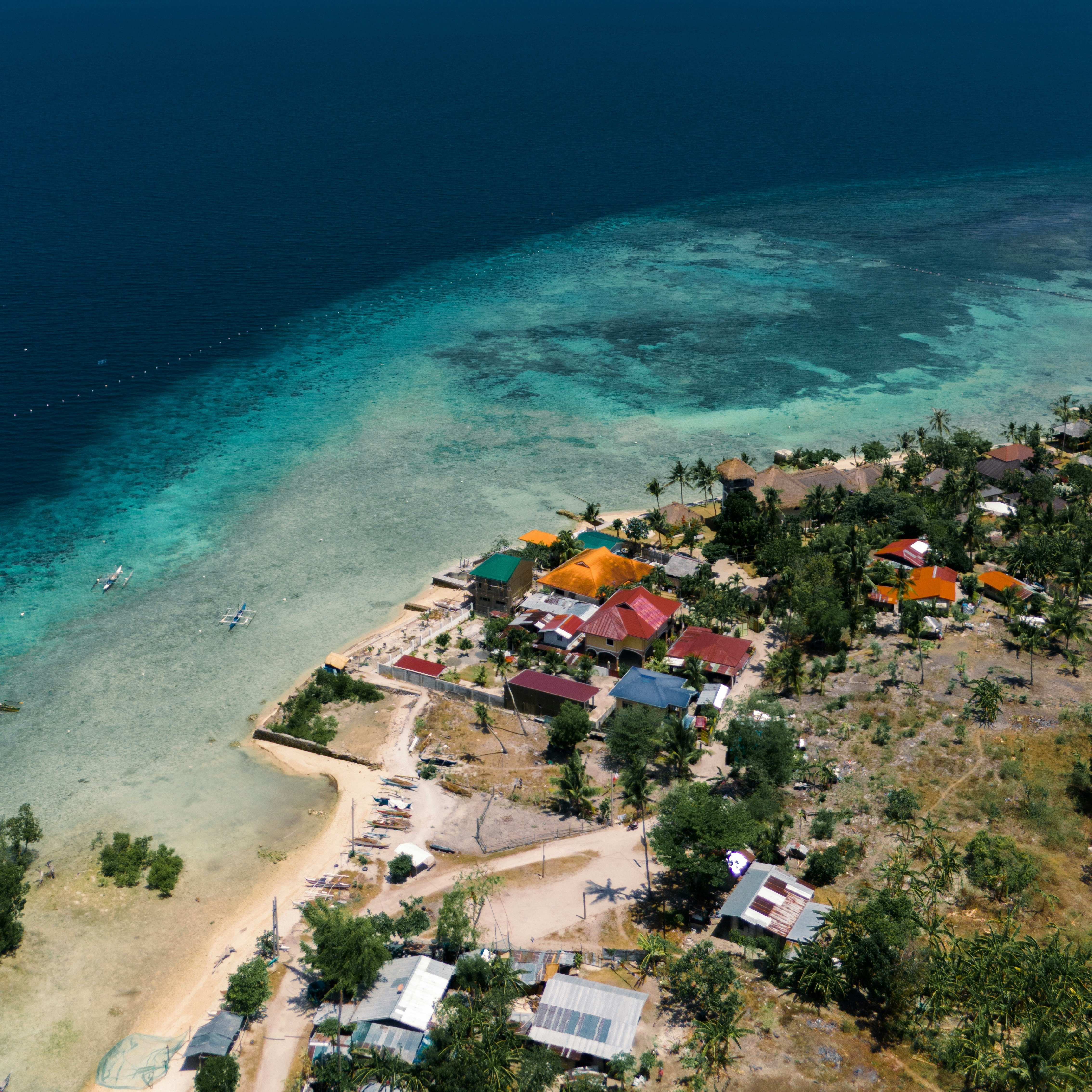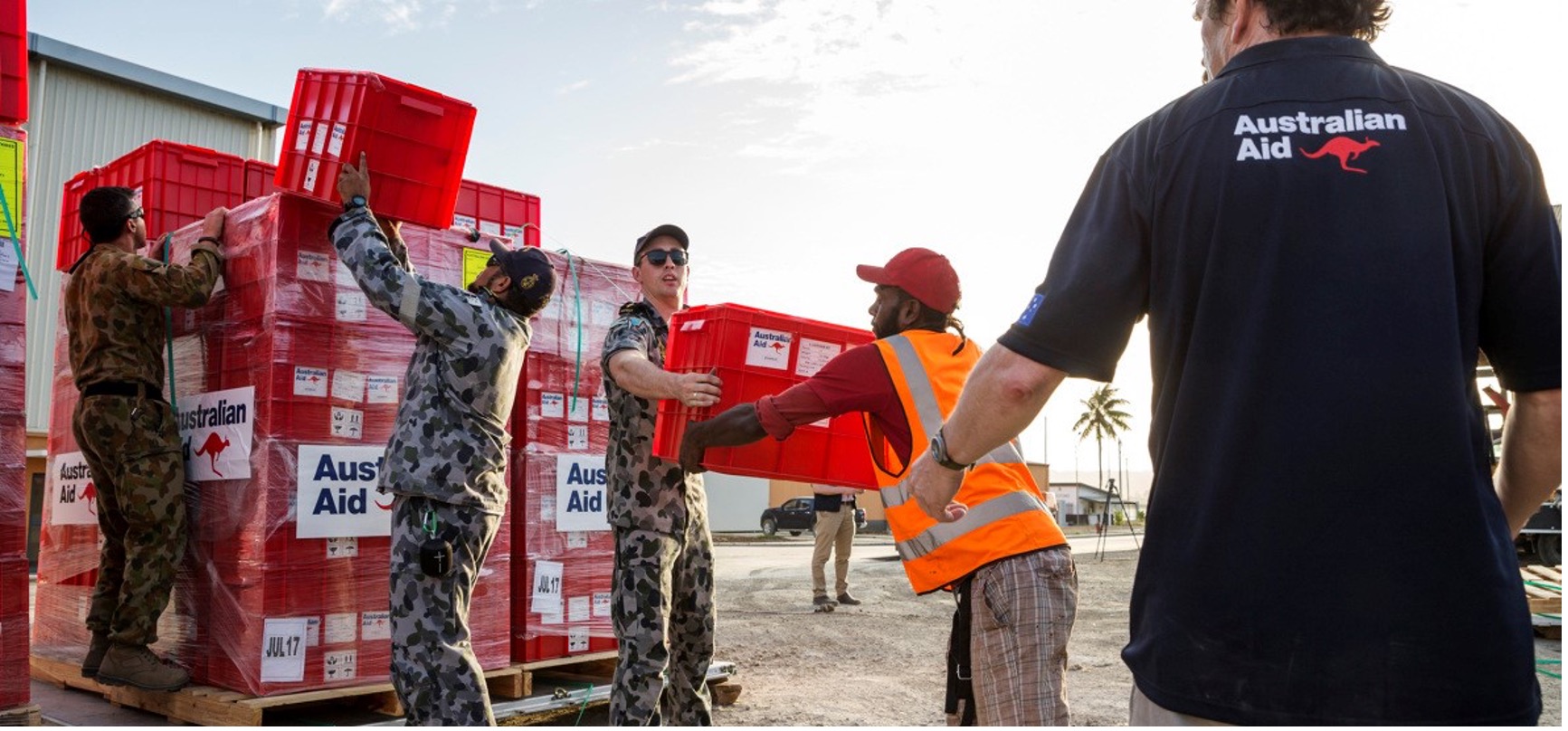In August this year, the United Nations Secretary-General Antonio Guterres conducted his first Pacific tour since 2017. With the UNFCCC Conference of the Parties (COP29) and the Summit of the Future fast approaching, the primary aim of the Secretary-General’s visit was to draw attention to the profound impacts of climate change on Pacific communities. These communities are grappling with rising sea level, coastal erosion, extreme temperatures and an increasing frequency of climatic hazards. National governments, regional bodies, and key Pacific stakeholders are heavily involved in global climate negotiations, debates, and advocacy, and continue to commit to ambitious emissions reduction targets, shifts to renewable energy, and environmental protection policies that place the region ahead of the curve by many standards.
The cornerstone of Guterres’ mission was the Pacific Islands Forum (PIF) Leaders Meeting, hosted by Tonga where the threats posed by climate change and sea level rise were a central theme. However, as the region increasingly experiences climatic hazards, how can we ensure that response and recovery efforts don’t cause additional harm to the climate and environment that Pacific Islanders are desperately trying to protect?
Humanitarian Advisory Group’s Greening the System research has attempted to answer this question. The multi-year research, part of HAG’s Humanitarian Horizons Research Program 2021-24, was designed to support the humanitarian sector to measurably reduce the negative impacts of humanitarian action on the climate and environment. The research has been largely contextualised to the Pacific region, seeking to propose solutions that are relevant, contextually appropriate, and accessible to Pacific stakeholders. This includes the development of the Framework for Greening Humanitarian Action in the Pacific, launched in December 2023, and the recent publication of two case studies examining the process of further contextualising the Framework at the national level in Tonga and Fiji (discussed in more detail below).
Greening the humanitarian sector
The humanitarian sectors’ focus on mitigating and addressing the impacts of climate change is rapidly increasing, both with respect to programmatic approaches to reducing and dealing with the effects of climate change, and changes to operational practices to ‘green’ ways of working. This is evidenced by the establishment of the Climate and Environment Charter for Humanitarian Organisations, which now boasts more than 400 signatories, and increasing commitments from some of the largest humanitarian organisations and donors to develop greening strategies and reduce greenhouse gas (GHG) emissions.
Promising practice is emerging, but to date, meaningful and necessary systematic shifts remain largely out of reach. Our research highlights the key obstacles and opportunities for the humanitarian sector to measurably reduce the negative impacts of humanitarian action on the climate and environment. The development of the Framework for Greening Humanitarian Action in the Pacific and national level contextualisation processes seeks to respond to these opportunities.
Building on the Framework
The framework provides humanitarian actors operating in the Pacific with a set of core priorities and key actions to progress greener activities and operations. It was developed through a consultative process with Pacific climate specialists and Pacific stakeholders from governments, donors, humanitarian agencies, and civil society organisations (CSOs). It was designed to reflect priorities and actions based on Pacific needs and realities. It breaks down technical and complicated processes into accessible language and activities, and elevates the importance of understanding the context, established systems, and local and indigenous priorities and practices that influence the greening process. Key priorities of the framework are presented below.
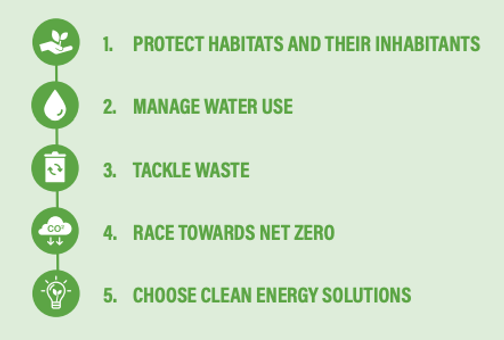
The framework has been well received as one of the first tools of its kind to be adapted for the region. However, Pacific stakeholders involved in the development process emphasised that the Pacific is not a homogenous region and stressed the importance of achieving the necessary buy-in at the national and local levels to progress priorities. In efforts to identify the most feasible and impactful solutions at the local and national level and make changes as practical and accessible as possible. The research team worked with our partners to further contextualise the Framework at the national level. Fiji and Tonga were selected as case study countries due to existing momentum, appetite and high-level engagement on greening.
Contextualising solutions
The contextualisation process was undertaken through a participatory approach, in partnership with the Pacific Islands Association of NGOs (PIANGO), the Civil Society Forum of Tonga (CSFT), and the Fiji Council of Social Services (FCOSS). The process centred around stakeholder workshops held in Nuku’alofa, Tonga and Suva, Fiji, with outcomes supplemented by desk review, key informant interviews, surveys, and validation processes. Workshops were held with representatives from government, United Nations agencies, international NGOs, national NGOs, Red Cross Red Crescent, and civil society organisations. Local partners led the in-country research and were critical in gaining necessary national buy-in, ownership, and high-level government engagement, including opening remarks from the CEO of the Ministry of Meteorology, Energy, Information, Disaster Management, Environment, Climate Change and Communications (MEIDECC) in Tonga, and from the Minister of Rural and Maritime Development and Disaster Management in Fiji.
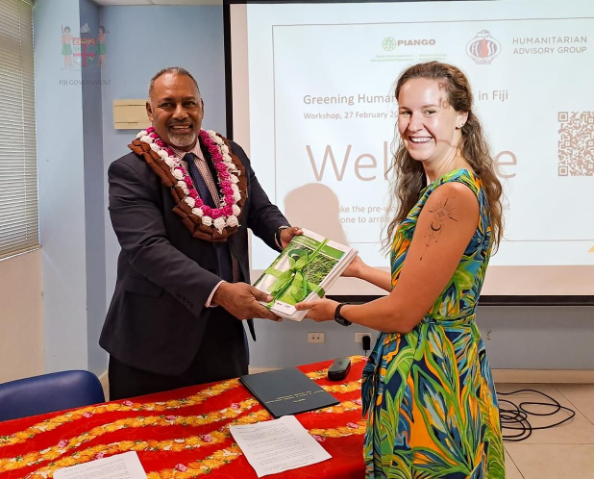 Credit: Fiji Government, Greening Humanitarian Action in Fiji Workshop, Suva, 27 Feb 2024
Credit: Fiji Government, Greening Humanitarian Action in Fiji Workshop, Suva, 27 Feb 2024Workshop participants discussed existing good practice, main challenges and opportunities in their context, and worked through a prioritisation process with the Framework to identify the most feasible and impactful actions based on contextual factors such as existing policy, infrastructure, local systems and practices, available natural resources, etc. Resulting case study reports present revised versions of the Framework for Tonga and Fiji that reflect stakeholder priorities and identified key actions to pursue.
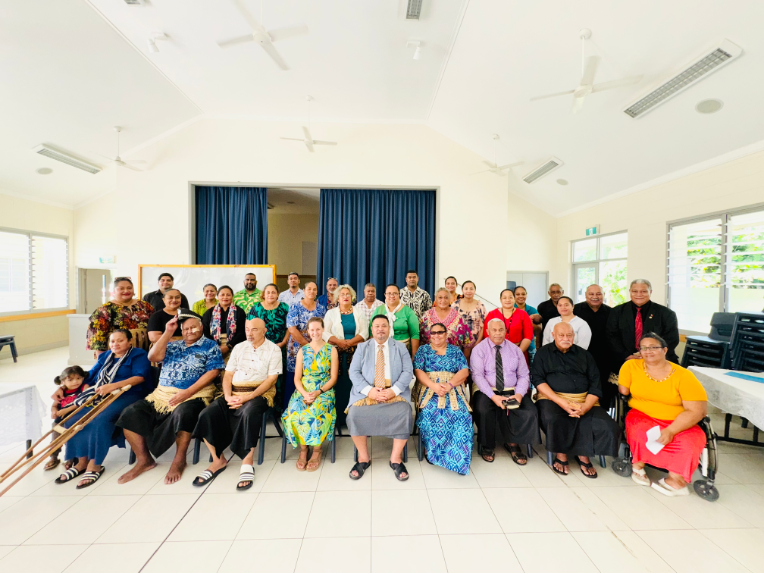 Credit: CSFT, Greening Humanitarian Action in Tonga Workshop, Nuku’alofa, 5 March 2024
Credit: CSFT, Greening Humanitarian Action in Tonga Workshop, Nuku’alofa, 5 March 2024Moving forward
The Framework serves as an important starting point for any Pacific Island Country government or humanitarian stakeholder interested in greening humanitarian operations. The contextualisation and prioritisation of the Framework areas at the country level is a critical process that presents stakeholders with clear national and/or local priorities and feasible actions to inform the allocation of resources and design of future projects and programs to support greening initiatives in the humanitarian sector.
The next steps for greening humanitarian action in Pacific Island Countries will rely heavily on the continued and sustained engagement of key stakeholders. Case studies in Fiji and Tonga can support this process by:
- Promoting wider discussion and advocacy. Local, national, and international NGOs and key stakeholders can elevate identified priorities to government and donors to influence updated policies and decisions about resource allocations for humanitarian response, preparedness, and recovery.
- Developing and implementing an action plan. Sustained engagement will be required to develop and resource an action plan to implement change.
- Informing future programming. Government, NGOs and civil society actors can use these reports to inform future planning and programming for humanitarian action, preparedness, and recovery activities. Actions identified can be integrated into program design and communicated to donors to inform future funding opportunities.
- Developing a baseline and tracking change over time. This can be achieved by adapting the Self-Assessment Scorecard provided in Annex 2 of the Framework for Greening Humanitarian Action in the Pacific. This tool can be contextualised to reflect the actions proposed and used to collect baseline data at an organisational or sector level, which can be referenced to track progress over time.
For more information about this research or support in implementing changes in your own organisation, please contact the research team who can also put you in touch with our partners:
- Jesse McCommon: jmccommon@humanitarianadvisorygroup.org
- Jess Lees: jlees@humanitarianadvisorygroup.org




